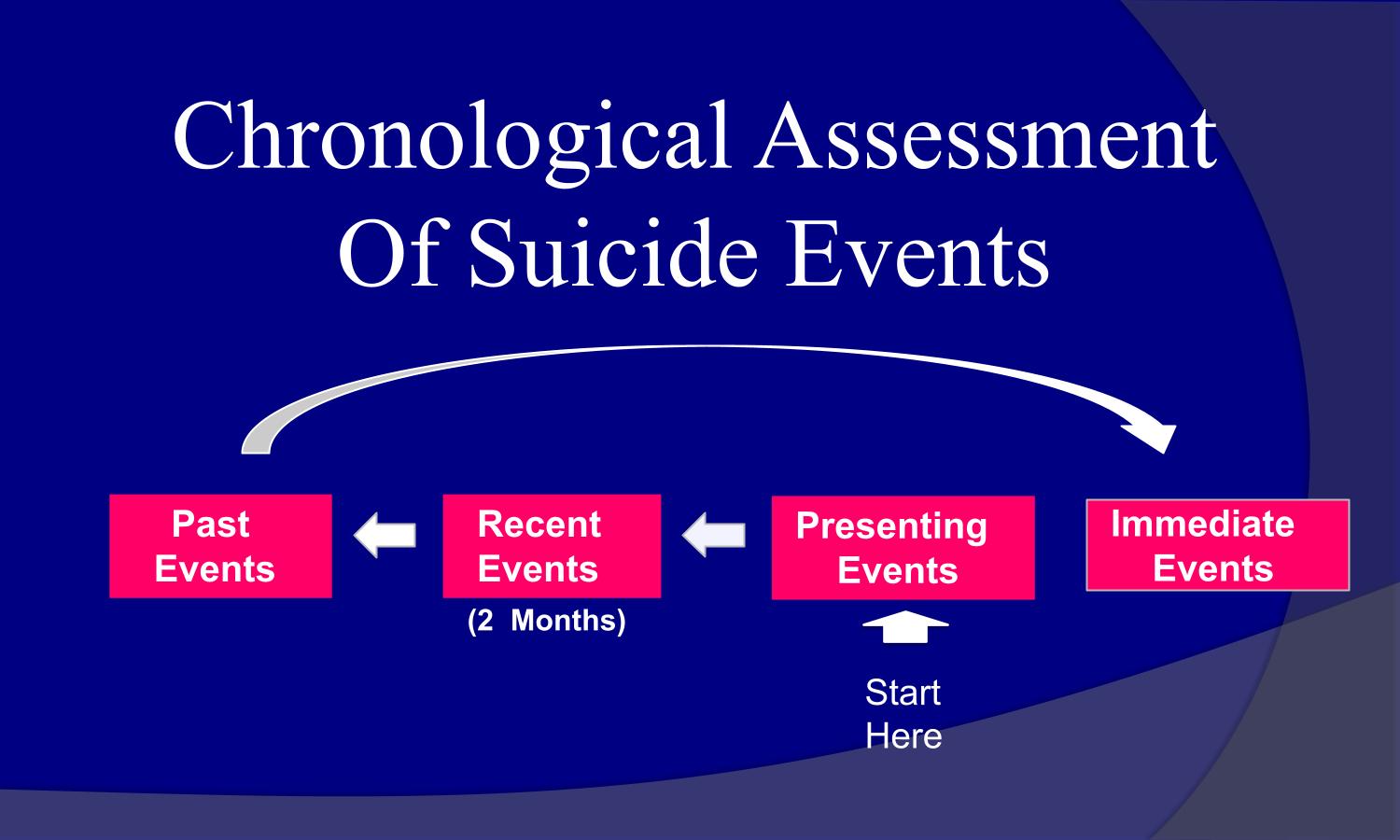Praise from Leading Experts on Suicide Prevention and Clinical Interviewing!
“One of the most reliable and well-respected methods of interviewing to assess suicide risk is the CASE Approach (Chronological Assessment of Suicide Events) . . . . When combined with a careful psychiatric exam, the CASE Approach will help guide the clinician towards a more comprehensive, reliable interview that reduces the chance that important information or questions will be left out of the evaluation. . . .”
James L. Knoll, M.D.
Former Editor of the Psychiatric Times
Professor of Psychiatry
Director of Forensic Psychiatry
SUNY Upstate Medical University
“In my opinion, the CASE Approach is without a doubt the most practical, sophisticated, and immediately useable interviewing strategy for uncovering suicidal ideation and dangerous intent. If all mental health providers were trained in the CASE Approach, I believe that thousands of lives would be saved a year. And I’m not exaggerating, I believe this in my very core. A triumph of innovation. A great gift to the field of suicide prevention.”
Skip Simpson, JD
Practice Limited to Psychiatric and Psychological Malpractice
Board Member, American Association of Suicidology (AAS)
“Shea’s subsequent video demonstration of the CASE Approach [in Psychiatric Interviewing: the Art of Understanding, 3rd Edition] are, in my opinion, unparalleled in the history of mental health training. I have never seen such great teaching tapes on eliciting suicidal ideation. They are a treasure, and I believe that many lives will be saved by those lucky enough to view them.”
Jan Fawcett, M.D.
Professor of Psychiatry, University of New Mexico
Recipient of Lifetime Achievement Awards
from both the American Association of Suicidology
and the American Foundation for Suicide Prevention
“Shea proposes an orderly approach – the Chronological Assessment of Suicide Events (CASE Approach) – wherein the clinician systematically collects information from different time periods . . . Among his most valuable contributions are his “validity techniques,” (utilized in the CASE Approach) wherein he describes specific ways to increase the likelihood that one is obtaining valid information during the course of the interview.”
Thomas E. Ellis, Psy.D., ABPP
Past Director, Clinical Division
Recipient, Lifetime Achievement Award
American Association of Suicidology (AAS)
“. . . (referring to the CASE Approach) provides the best systematic approach to suicide assessment and the tools to sharply reduce the risk of malpractice liability.”
Phillip J. Resnick, M.D.
Professor and Director of Forensic Psychiatry
Case Western Reserve University, School of Medicine
“By far the best method of assessing suicide risk is the CASE Approach.”
Daniel Carlat, M.D.
Author of The Psychiatric Interview: A Practical Guide, 4th Edition
“The CASE Approach provides a strikingly graceful and sensitive way to actively explore the client’s hidden world of suicidal ideation and intent. In over 30 years of training psychologists, social workers, and psychiatric residents it is, without a doubt, the most practical and engaging clinical strategy I have ever passed on to my students. I am convinced it will save lives.”
Bruce Baker, D.Ed.
Multiple year winner: Outstanding Teacher Award
Psychiatry Department
Dartmouth Medical School
“. . . . The CASE Approach moves the clinician almost imperceptibly into the secret internal workings of the mind and soul of the patient tormented by suicidal ideation. I believe that the CASE Approach is a remarkable conceptual and clinical contribution to the field of suicidology. It should be routinely taught to any front-line clinician. It has the power to meaningfully save lives.”
David A. Jobes, Ph.D.
Past President, American Association of Suicidology



